【KU-STAR Program for India 2025】Exploring World Heritage Site Nijo-jo Castle: A Glimpse into Japanese History and Culture
India internship KU-STAR Kyoto University Nijo-jo castle researchThe KU-STAR (Kyoto University Short-Term Academic Research) Program is a two-month research internship initiative launched last year by the Division of Graduate Studies at Kyoto University. This year marks its second iteration, welcoming 31 students from India. On Friday, June 13, 2025, as part of the comprehensive partnership agreement between Kyoto University and Kyoto City, these KU-STAR students had the incredible opportunity to visit Nijo-jo Castle, a UNESCO World Heritage site. It was a truly invaluable chance to experience Japan’s rich history and culture firsthand.
During the visit, students explored the Ninomaru-goten Palace, used by the Tokugawa shoguns during their stays in Kyoto, and the Honmaru-goten Palace, which incorporated key parts of the Katsura-no-miya residence after the Meiji Restoration and served as accommodation for Emperor Meiji and later, Emperor Taisho and Emperor Showa during their time as crown princes when they visited Kyoto.
Ninomaru-goten Palace: The Backstage of History with an Official Guide
The tour began at the Ninomaru-goten Palace. Two official Nijo-jo Castle tour guides provided fascinating explanations, covering everything from the palace’s history and the purpose of each room to the hidden meanings in the wall paintings and the various ingenious mechanisms designed to protect the shogun. Students listened intently to the guide’s explanations, enthusiastically observing details like the “nightingale floors” (uguisu-bari), the room where audiences between the shogun and visiting daimyo took place, and the intricate details of the partition paintings (shōheki-ga). They truly felt the palpable presence of the space where the shoguns and samurai once lived.
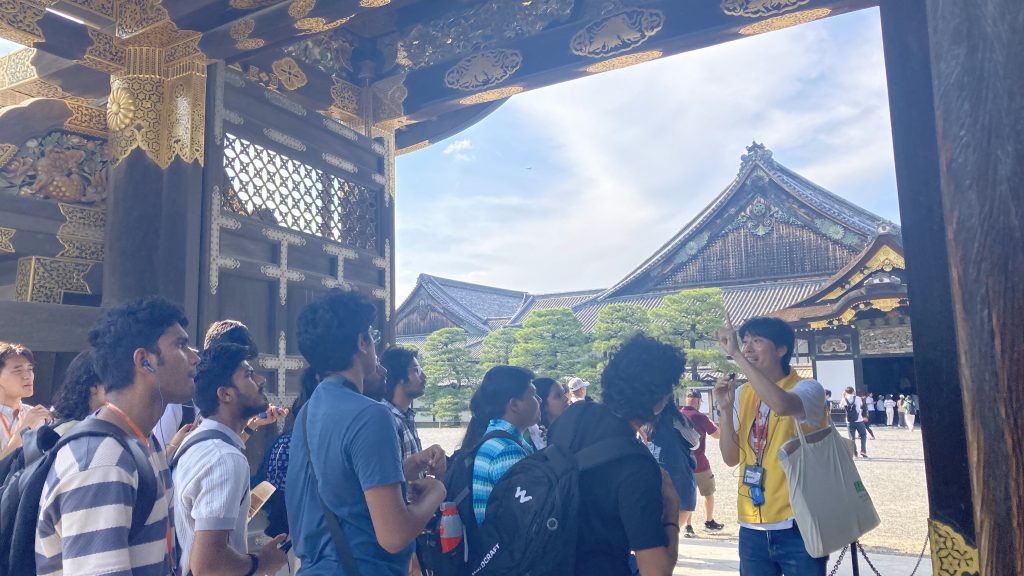
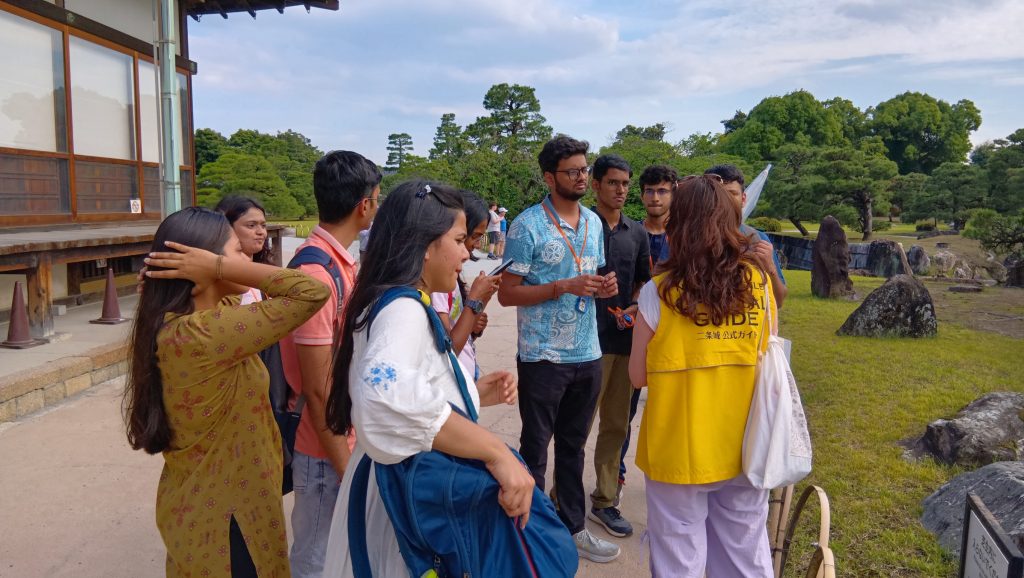
Honmaru-goten Palace: Deepening Understanding
Next, the group moved on to the Honmaru-goten Palace. Nijo-jo Castle staff provided direct explanations, with Mr. Taiyo Hirose (a 4th-year Faculty of Engineering student and KU-STAR Program tutor) and a university staff member providing interpretation. Many questions arose from the students during the tour, allowing them to delve deeper into the palace’s historical background and architectural style. Students were clearly impressed by the precious individual rooms where the Imperial Family actually stayed, and their remarkably well-preserved condition.
Student Reflections: Insights and Impressions
Participating students shared various insightful reflections on their experience:
- “The history of Japan is very interesting, and the minute details on the walls, as well as the meaning behind the design of each room, were especially fascinating.” (Vishnu from Indian Institute of Technology (IIT), Madras)
- “I astonished by the preservation and protection of monuments in Japan. The Nijo-jo castle was well protected.” (Anand from Indian Institute of Science, Bangalore)
- “Learning about the Tokugawa shogunate and about Japanese history was the highlight of the visit.” (Aryan, IIT Hyderabad)
- “I liked how the castle had this unique feature of making a hummingbird noise hen people walk on it.” (Medha, IIT Roorkee)
This visit to Nijo-jo Castle was a valuable opportunity for the students to deepen their understanding of Japanese history and culture through an experience unique to Kyoto.
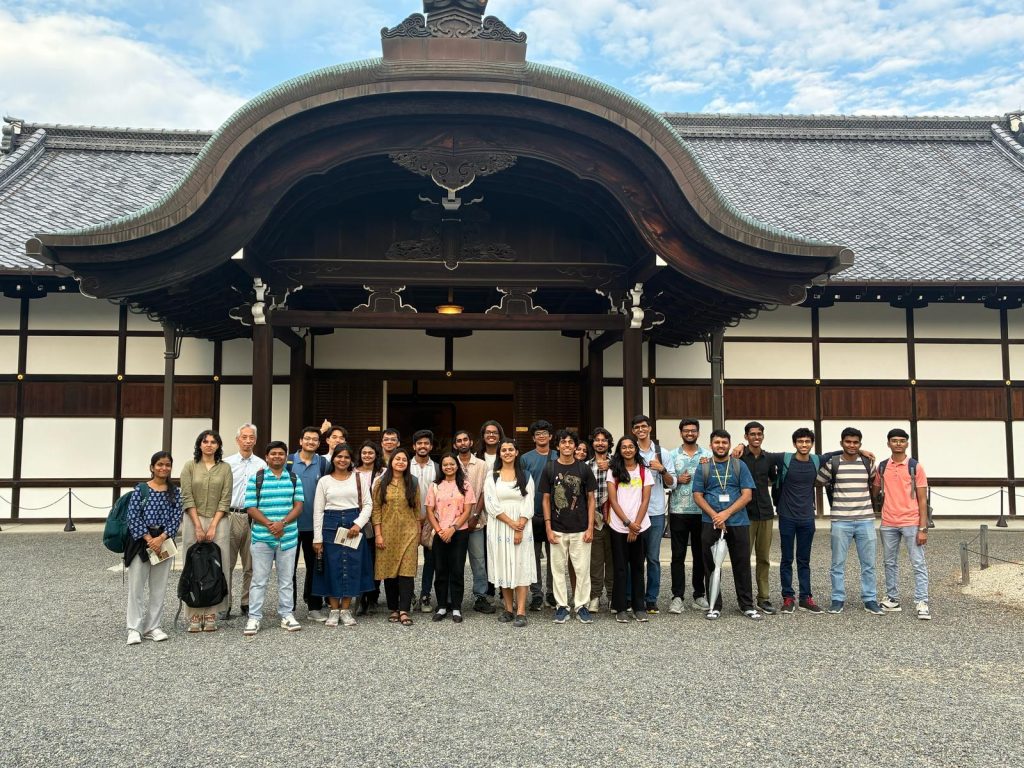
-
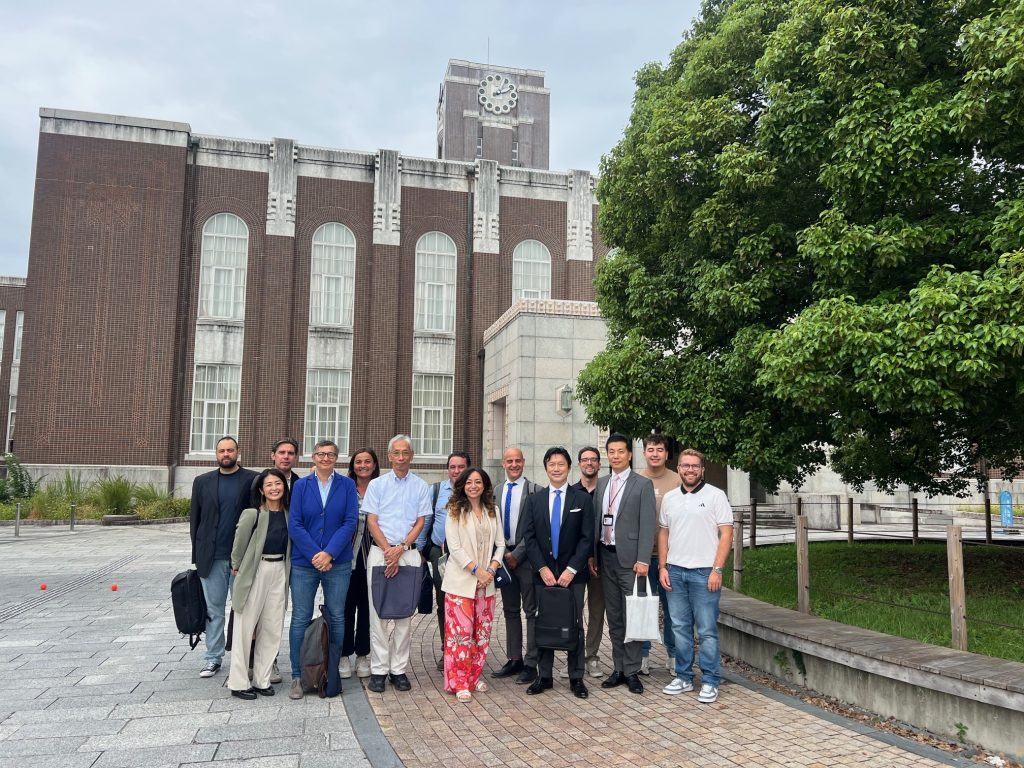
2025.10.1 Clust-ER Innovate Delegation from Italy Visits Kyoto University for Exchange on Lifelong Learning (September 24, 2025)
Career Italy reccurent -

2025.09.29 【KU-STAR Program for India 2025】Fujitsu Company Information Session Held
India internship KU-STAR Kyoto University research -
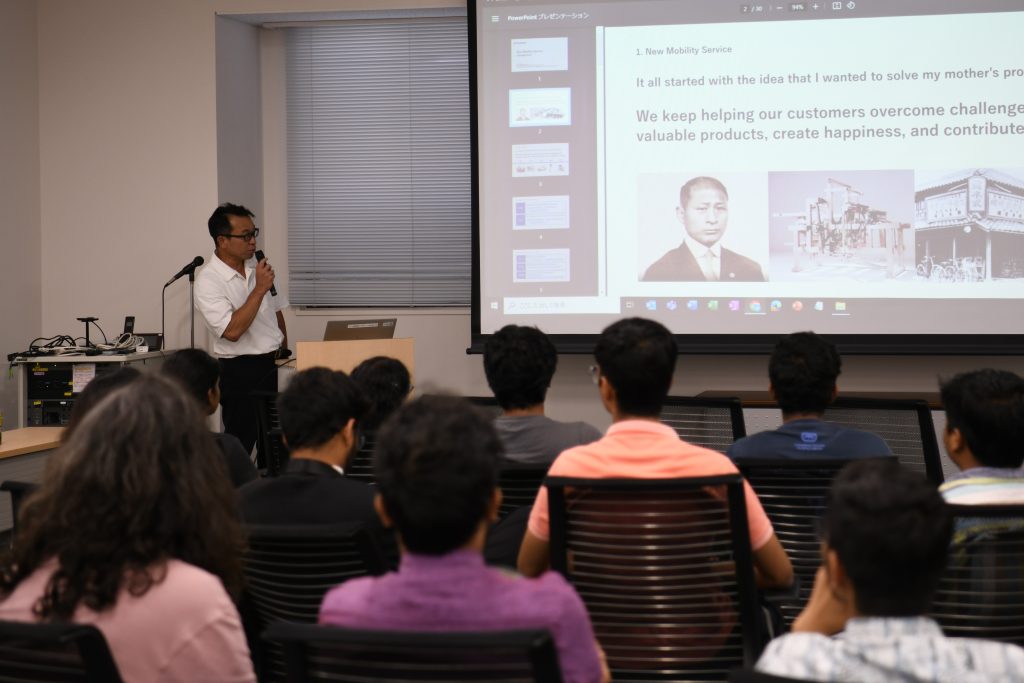
2025.07.31 【KU-STAR Program for India 2025】 Suzuki Motor Corporation Information Session Held
India internship KU-STAR Kyoto University -
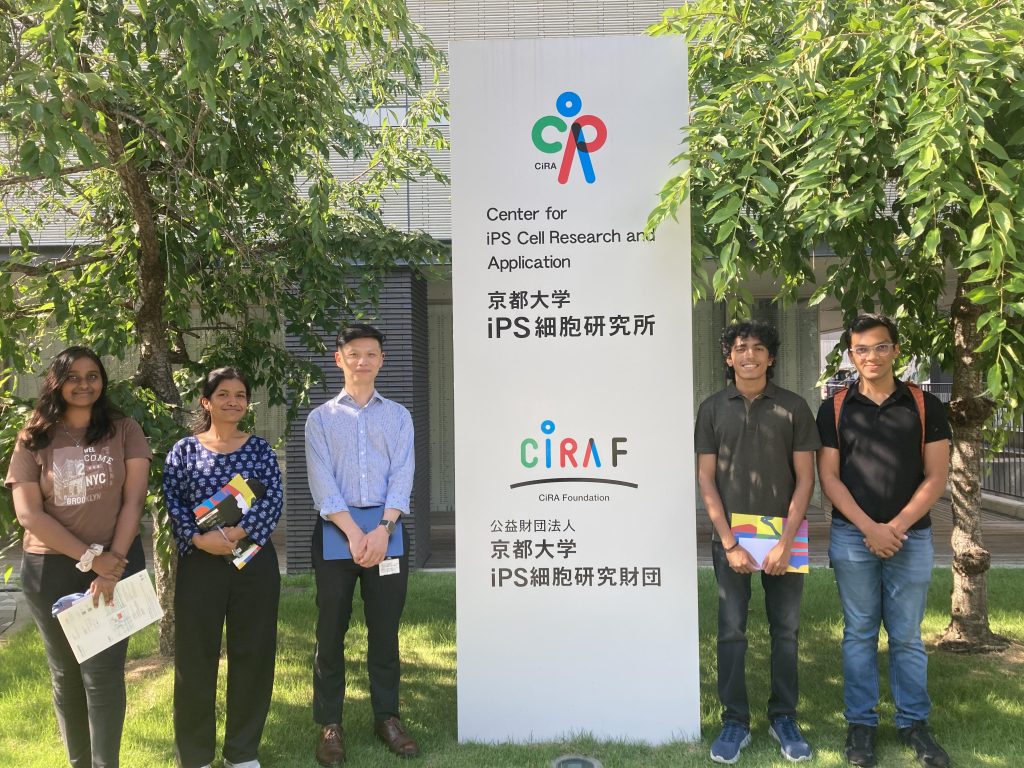
2025.07.30 【KU-STAR Program for India 2025】A Glimpse into Cutting-Edge Research at CiRA (Center for iPS Cell Research and Application)
India internship KU-STAR Kyoto University research -
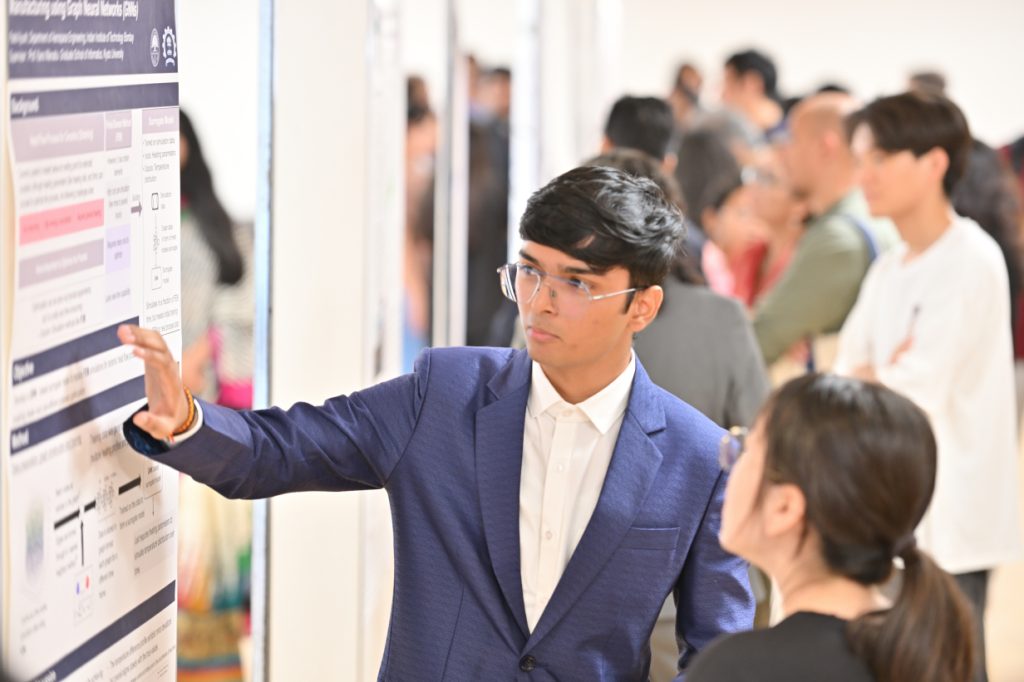
2025.07.29 【KU-STAR Program for India 2025】 Celebrating a Successful Final Presentation Session
India internship Kyoto University research -
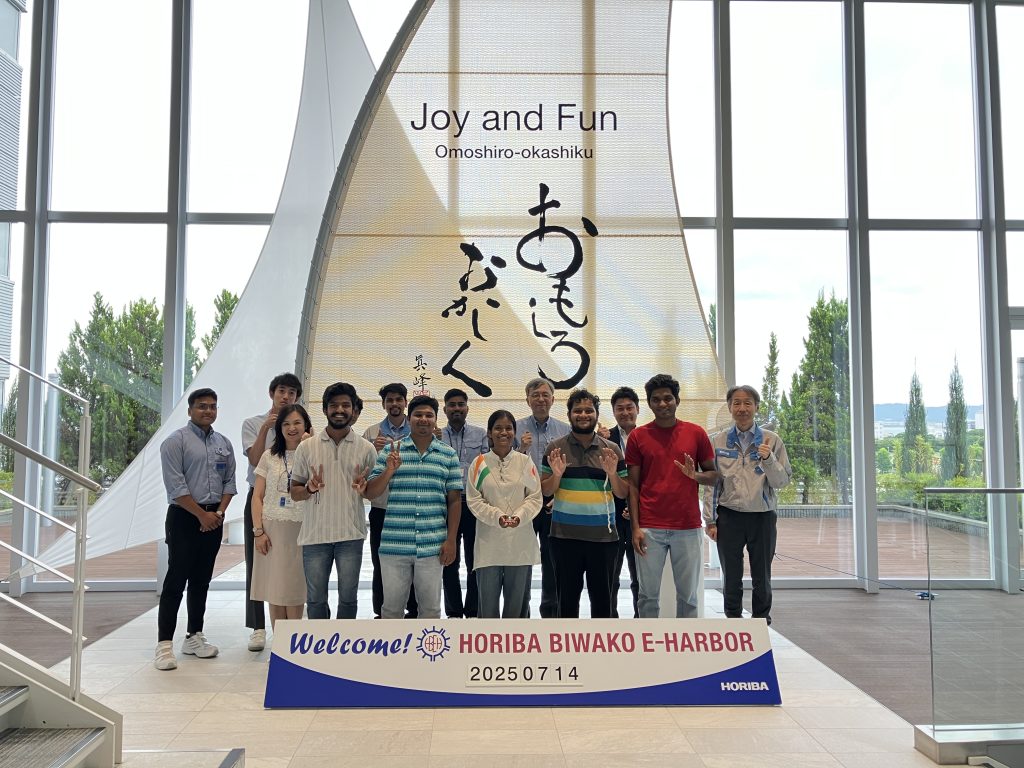
2025.07.24 [KU-STAR Program for India 2025] Visit to HORIBA Ltd.
India internship KU-STAR Kyoto University research -
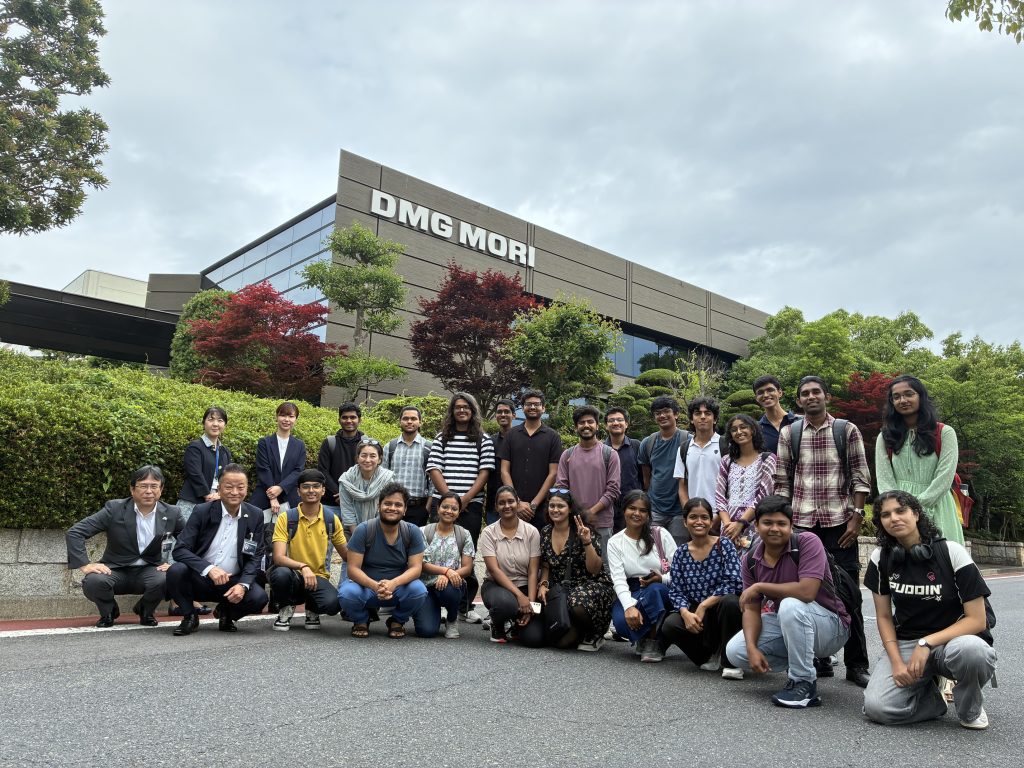
2025.07.17 【KU-STAR Program for India 2025】 Experiencing Cutting-Edge Automation: DMG MORI CO., LTD. Visit
India internship KU-STAR Kyoto University -

2025.06.23 【KU-STAR Program for India 2025】Exploring World Heritage Site Nijo-jo Castle: A Glimpse into Japanese History and Culture
India internship KU-STAR Kyoto University Nijo-jo castle research -

2025.06.6 【KU-STAR Program for India 2025】Innovation in Action: KU-STAR Program Students Visit Samco Inc.
India internship KU-STAR Kyoto University research -

2025.06.5 KU-STAR Program for India 2025 participants visited Shimadzu Corporation
India internship KU-STAR Kyoto University research -
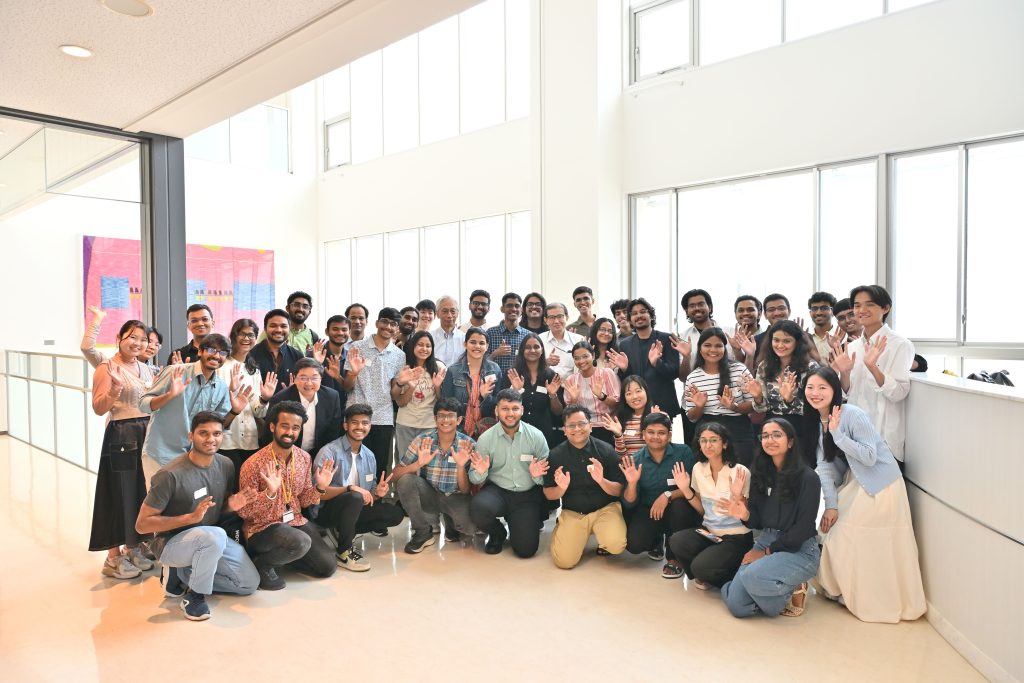
2025.05.30 KU-STAR Program for India 2025 Kicks Off!
India internship KU-STAR Kyoto University research -
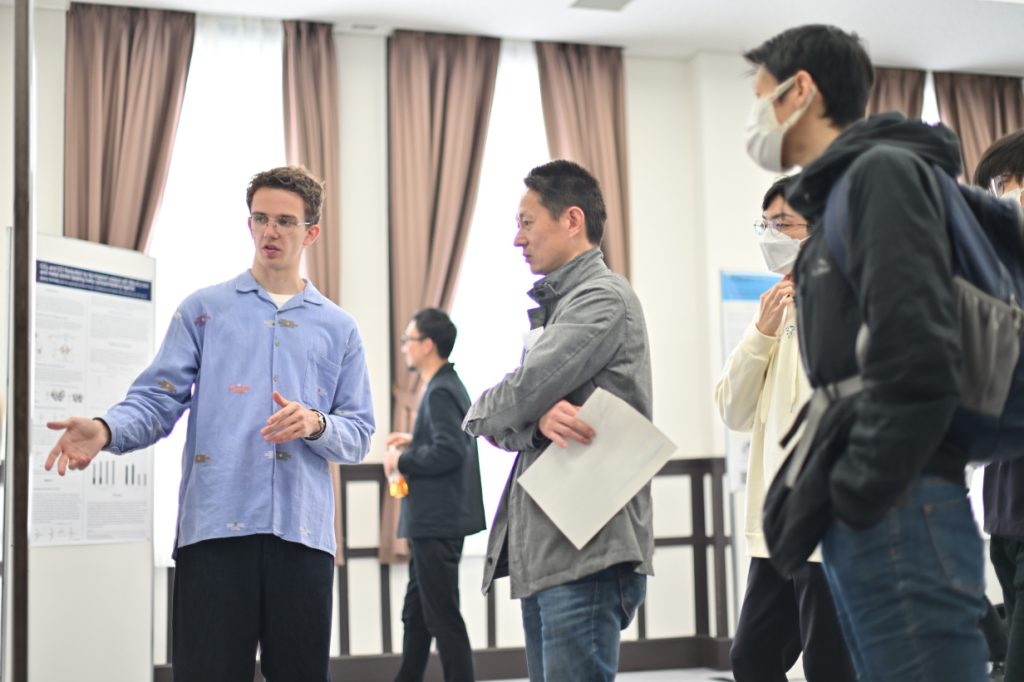
2025.03.19 KU-STAR Program for Australia 2025 concludes following final presentations
Australia internship KU-STAR Kyoto University -
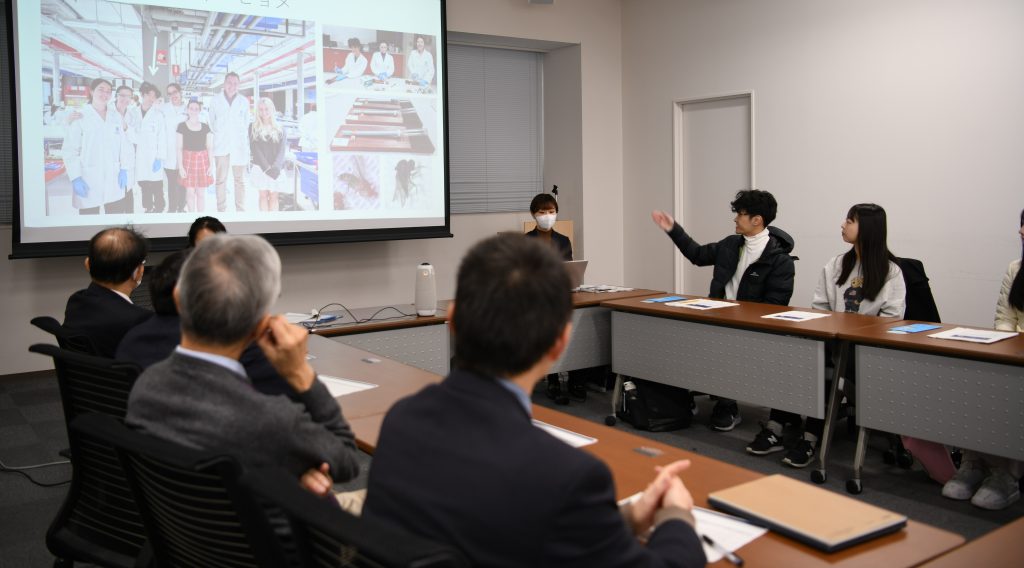
2025.03.18 Kyoto University Short-Term Academic Research (KU-STAR) Program for Australia begins with 4 students from the University of Melbourne
Australia internship KU-STAR Kyoto University オーストラリア 京都大学 -
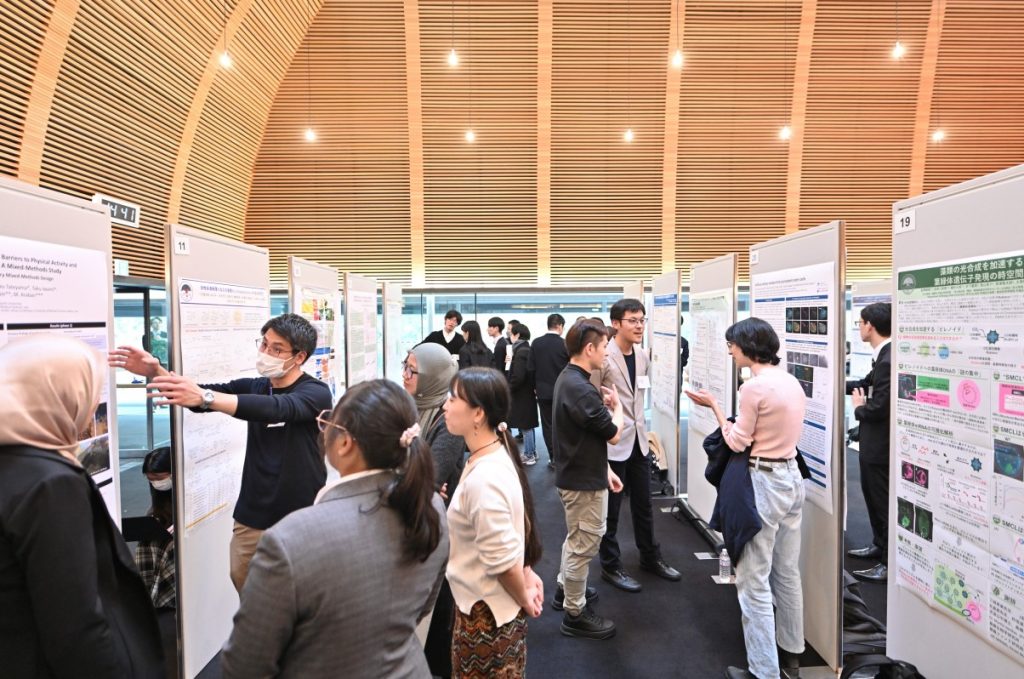
2024.12.16 “Poster Presentations and Research Exchanges by DoGS Fellows” took place in November again.
DoGS Fellows Kyoto University Poster Presentations -
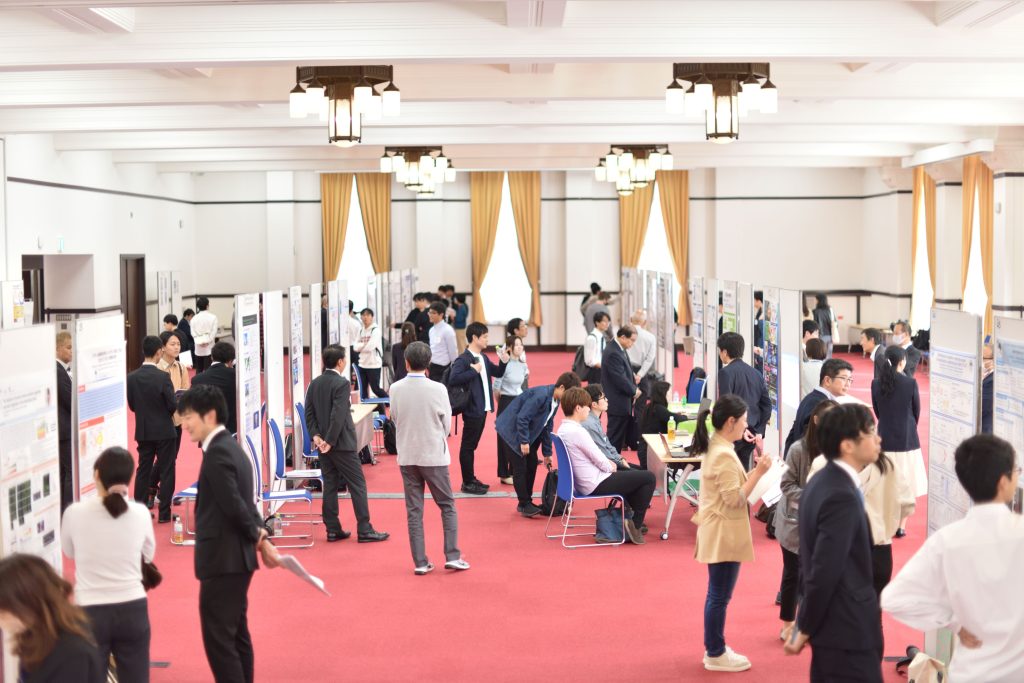
2024.11.13 “Poster Presentations and Research Exchanges by DoGS Fellows” took place.
DoGS Fellows Kyoto University Poster Presentations -
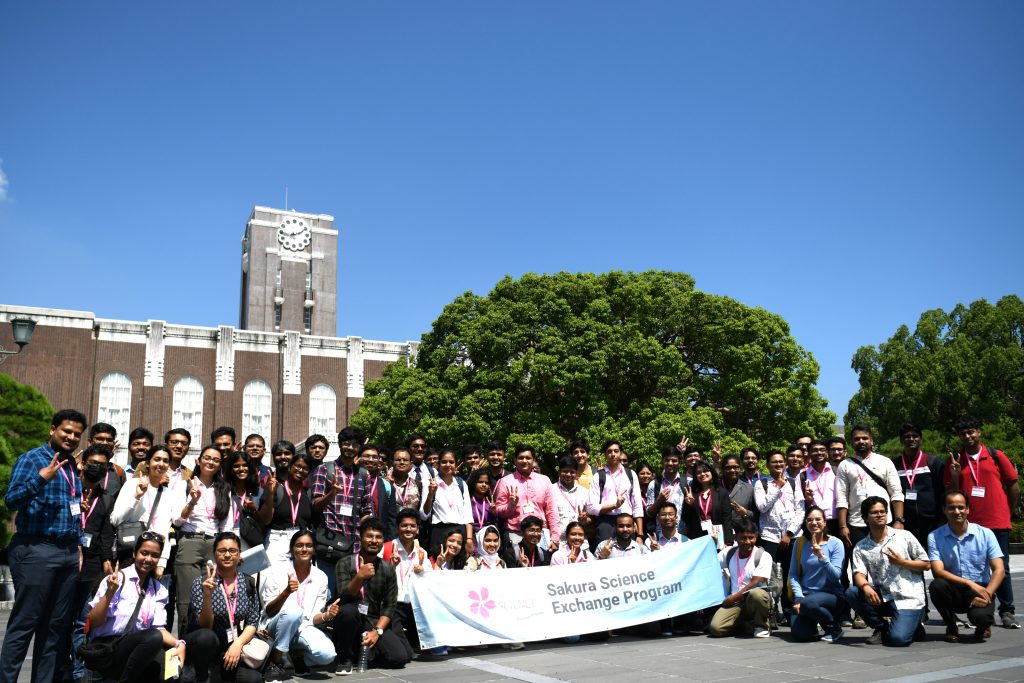
2024.09.27 Sakura Science Indian University Program students visit Kyoto University
India JST Kyoto University Visit -

2024.08.7 KU-STAR Program concludes with final presentations
IIT internship KU-STAR Program Kyoto University research インド 大学院教育支援機構 -
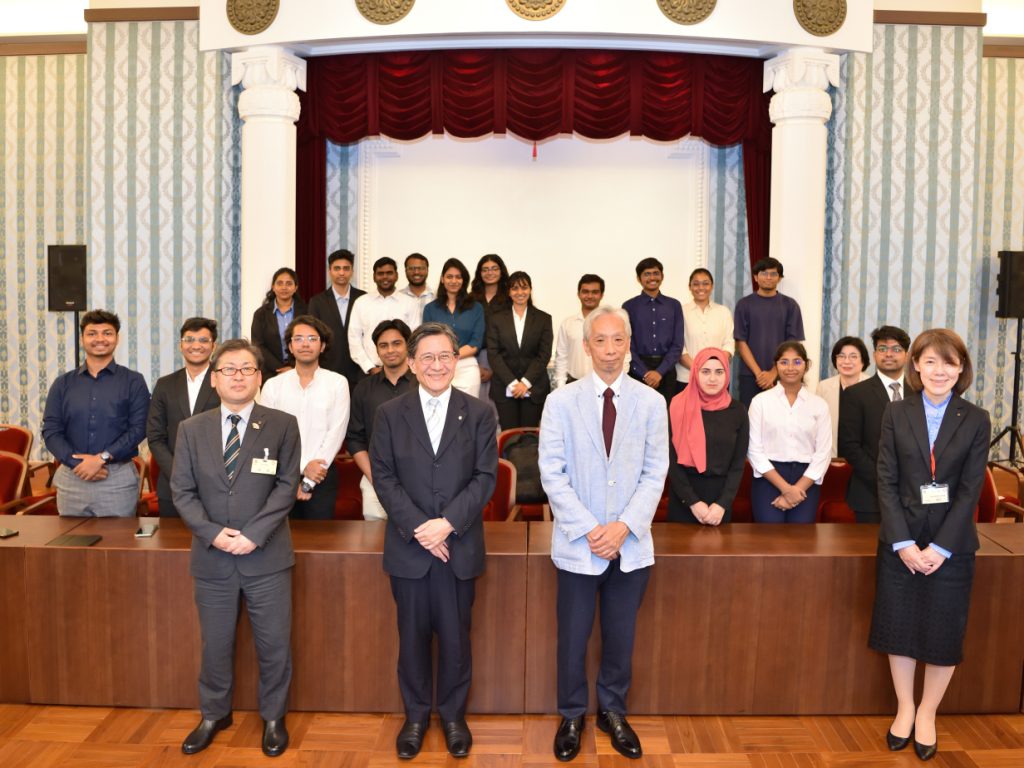
2024.07.9 【KU-STAR Program】KU-STAR Program students pay a courtesy call on Kyoto Mayor Koji Matsui
IIT India KU-STAR Program Kyoto University research インド 京都大学 大学院教育支援機構 -
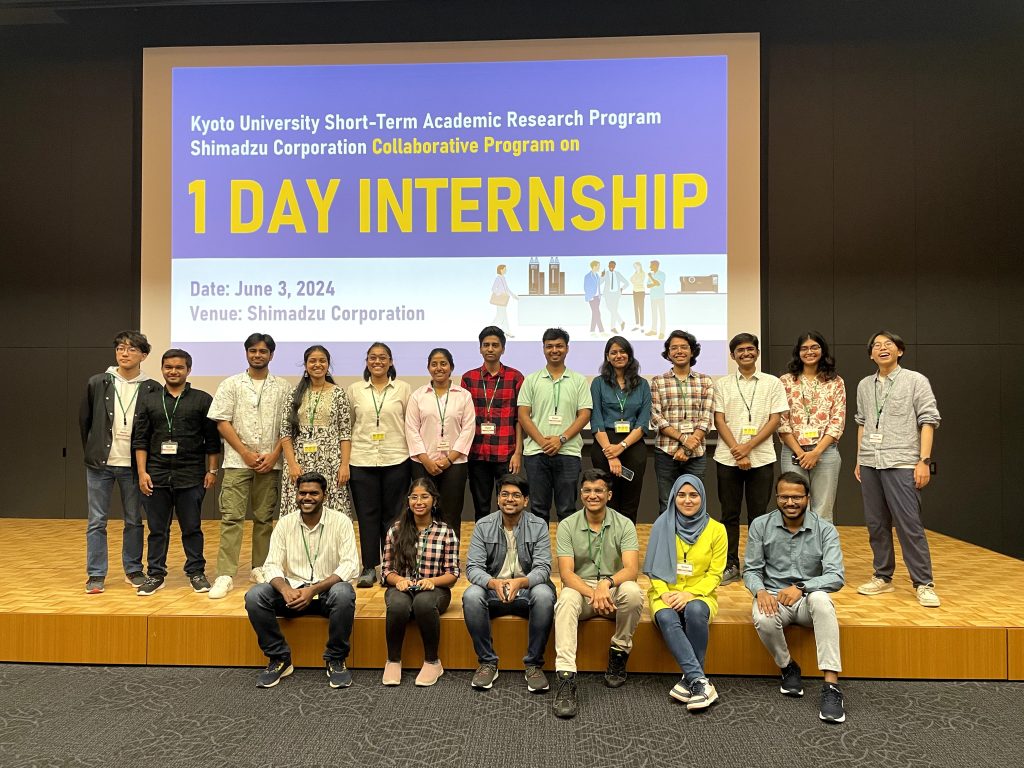
2024.06.25 KU-STAR Program participants from India visit Shimadzu Corporation
IIT internship Kyoto University research 京都大学 大学院教育支援機構 -
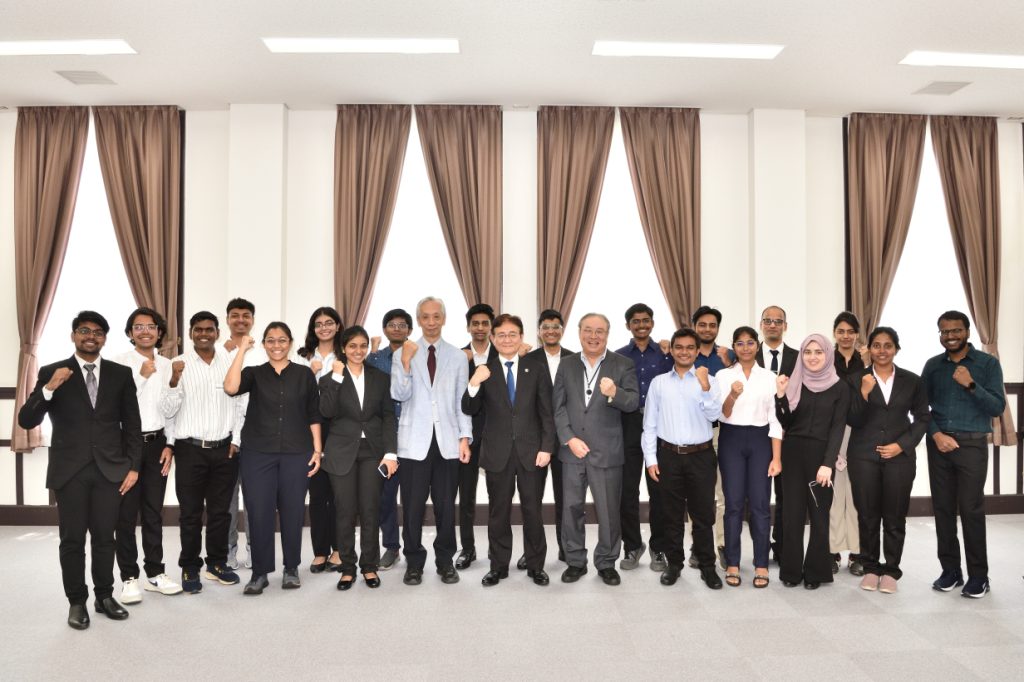
2024.06.13 Kyoto University Short-Term Academic Research (KU-STAR) Program commences with 18 students from India’s leading institutes
India internship KU-STAR Kyoto University research インターンシップ インド 京都大学 大学院教育支援機構 研究 -
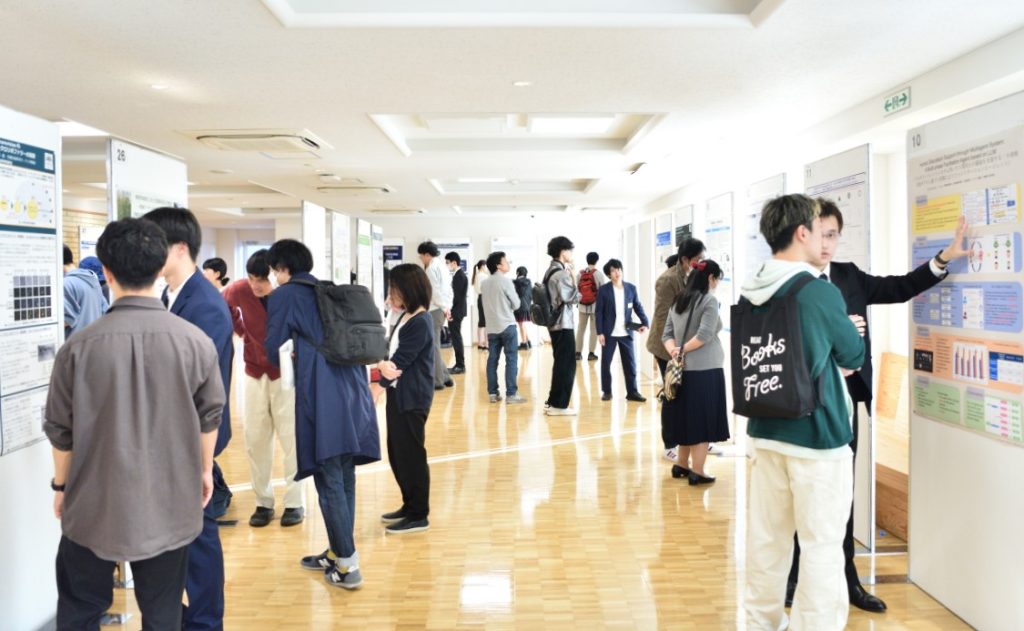
2023.11.10 “Poster presentations and research exchanges by SPRING Fellows and Fellowship recipients” took place on October 27th and November 1st.
-
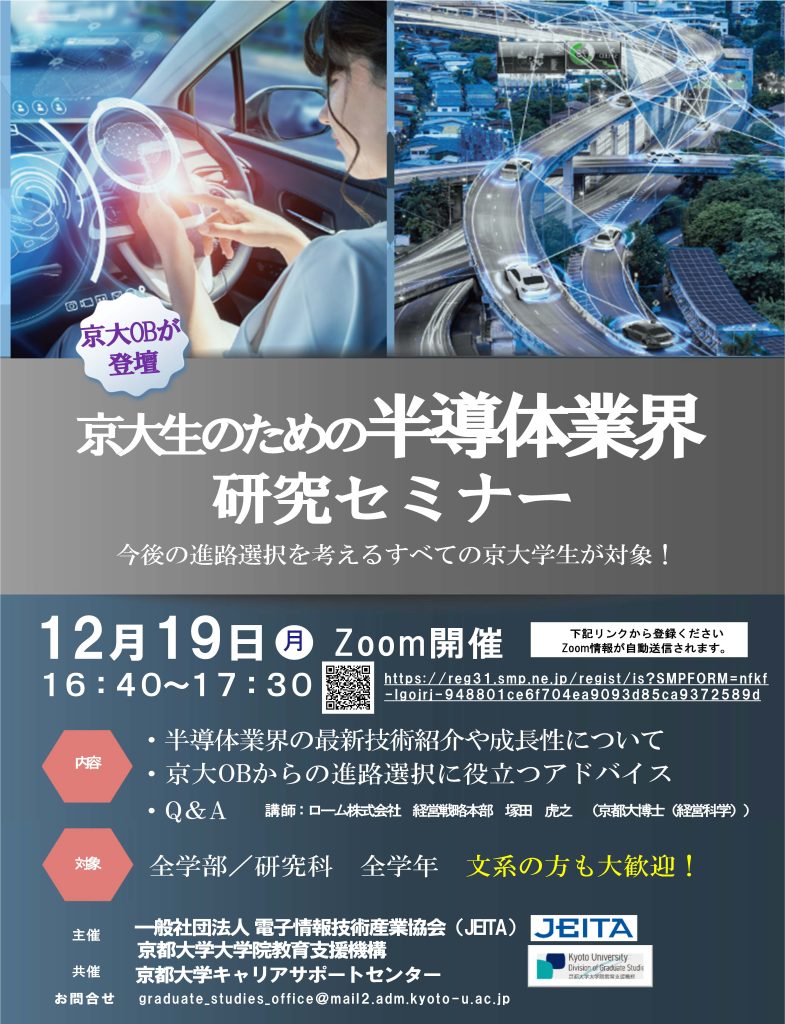
2023.02.28 “Seminar on the Semiconductor Industry for Kyoto U students” took place on December 19, 2022.
-
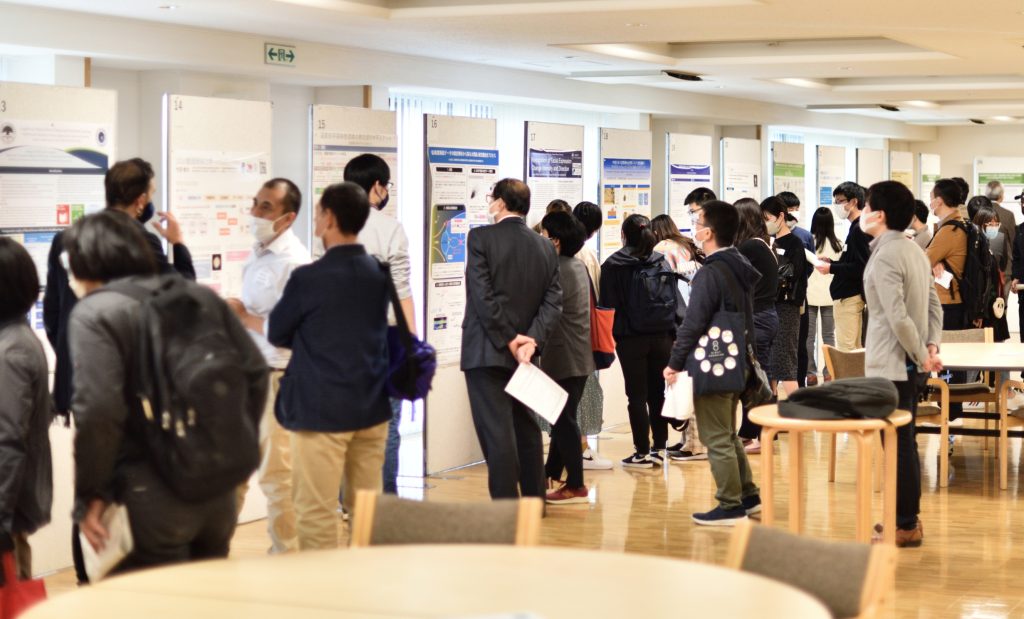
2022.12.9 “Poster presentations and research exchanges by SPRING Fellows and Fellowship recipients” took place on October 21st and 27th.




